Realme 8 Pro
Two-minute review
Realme and its smartphones have been a consistent performer which is precisely why the company, despite launching only back in 2018, is considered a big player in the smartphone space for a while now. And the Realme 8 Pro goes on to show how the company does so many things right when releasing a smartphone in this price segment.
The Realme 8 Pro comes from a line of smartphones through which Realme tries to dominate the under Rs 20,000 segment of the market. And with the starting pricing of Rs 17,999, Realme sets up a clash against the Redmi Note 10 Pro.
The Realme 7 Pro, which is the predecessor to the Realme 8 Pro which was launched last year, was one of our highest-rated smartphones. And similar to last time the Realme 8 Pro remains one of the cheapest smartphones to bring a Super AMOLED display.
Besides this, the Realme 8 Pro features an upgraded 108MP camera on the back, up from the 64MP from the previous iteration. But it does lose ground to the Redmi Note 10 Pro Max despite having a similar camera, to the display where Realme only features a 60Hz one.
But despite that, it continues the tradition to implement features which are not common to this segment of smartphones. The smartphone may not come with 5G, but that does not necessarily mean that users are losing out on much.
The Qualcomm Snapdragon 720G processor ensures that the smartphone has fluid performance when handling all kinds of tasks, be that gaming, photography, or the use of multiple heavy apps.
To sum it up, the Realme 8 Pro is a solid device that would give most smartphones in the category a run for its money, but not all of them.
Realme 8 Pro price in India
Launched on March 24, the Realme 8 Pro is priced at Rs 17,999 for the base variant with 6GB of RAM and Rs 19,999 for the 8GB model. Colour options include Infinite Blue, Infinite Black and Illuminating Yellow, with the latter being available later.
The first sale is scheduled for tomorrow (March 25) at 12 pm on Flipkart.
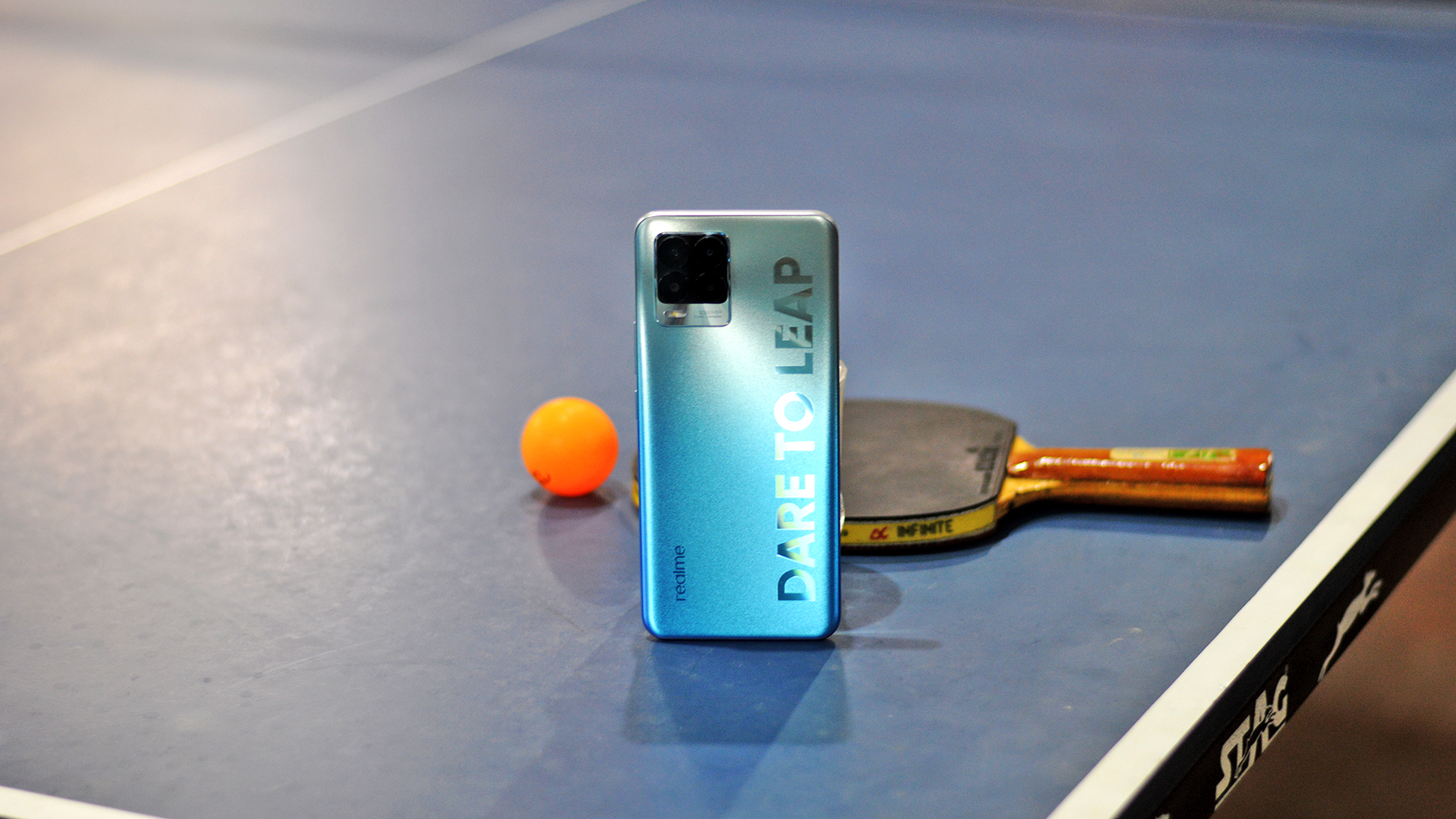
Design
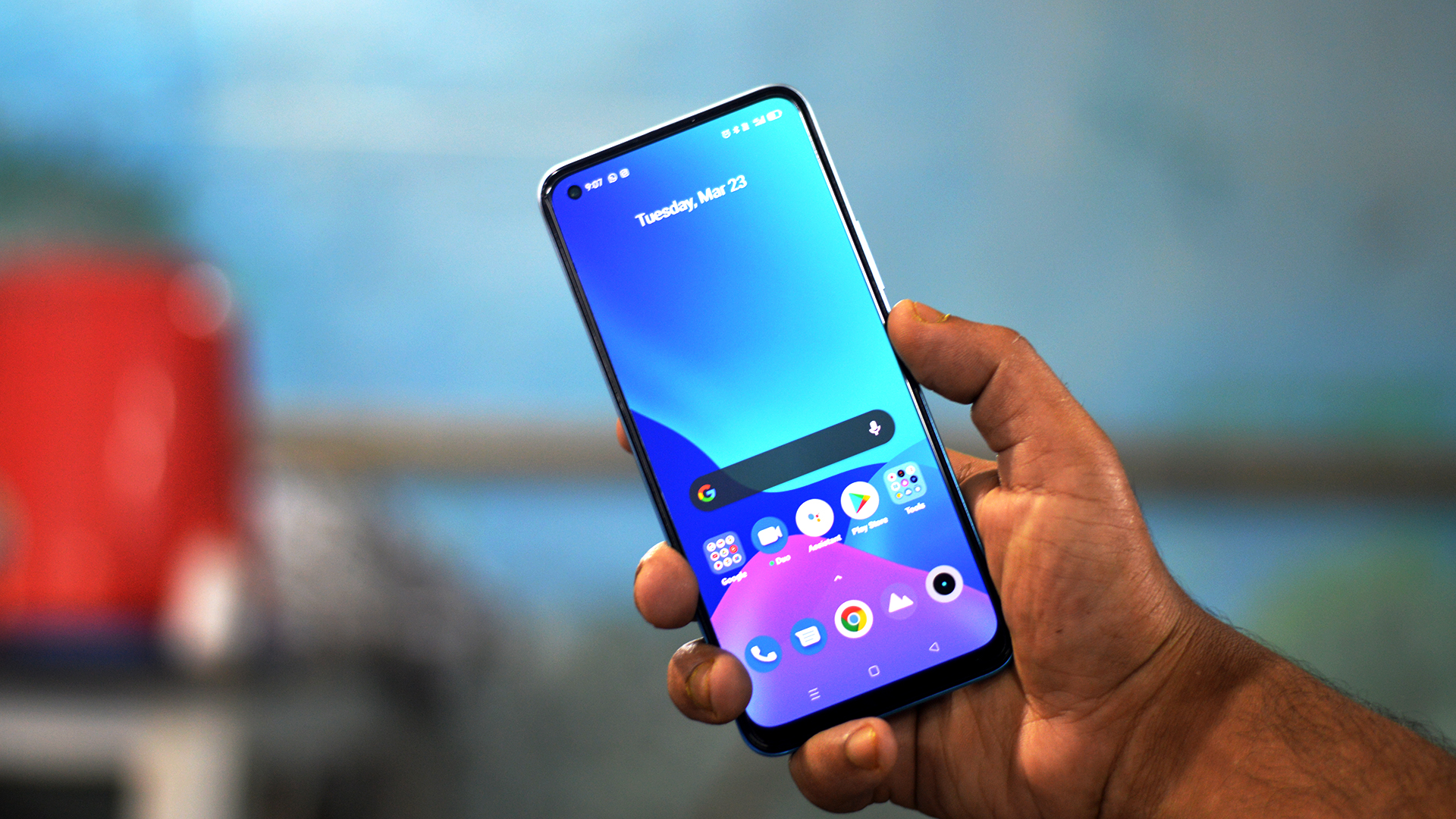
Realme seems to have given the design elements of the Realme 8 Pro some thought and one of the key changes this time in the form factor of the smartphone is that it is almost 0.6mm thinner than the Realme 7 Pro. And it's not just the thickness that has decreased, the Realme 8 Pro weighs 176grams which is 6 grams less than its predecessor.
The Realme 8 Pro is one of the few smartphones that come with an effective matte finish on the back panel which does not attract fingerprints at all -- except on the part which read 'Dare to Leap' that has a glossy finish.
The smartphone has an extremely satisfying in-hand feel which is primarily because it is quite thin compared to other smartphones. And that is accentuated by the metal side frame which seems concave instead of the regular convex form.
The rear panel features the quad-camera module which has been revamped by Realme to now be in a square format and seems to go with the aesthetics of it all. The colour variant we received is called the Infinite Blue which transitions from a darker hue on the bottom to a lighter one as it reaches the top.
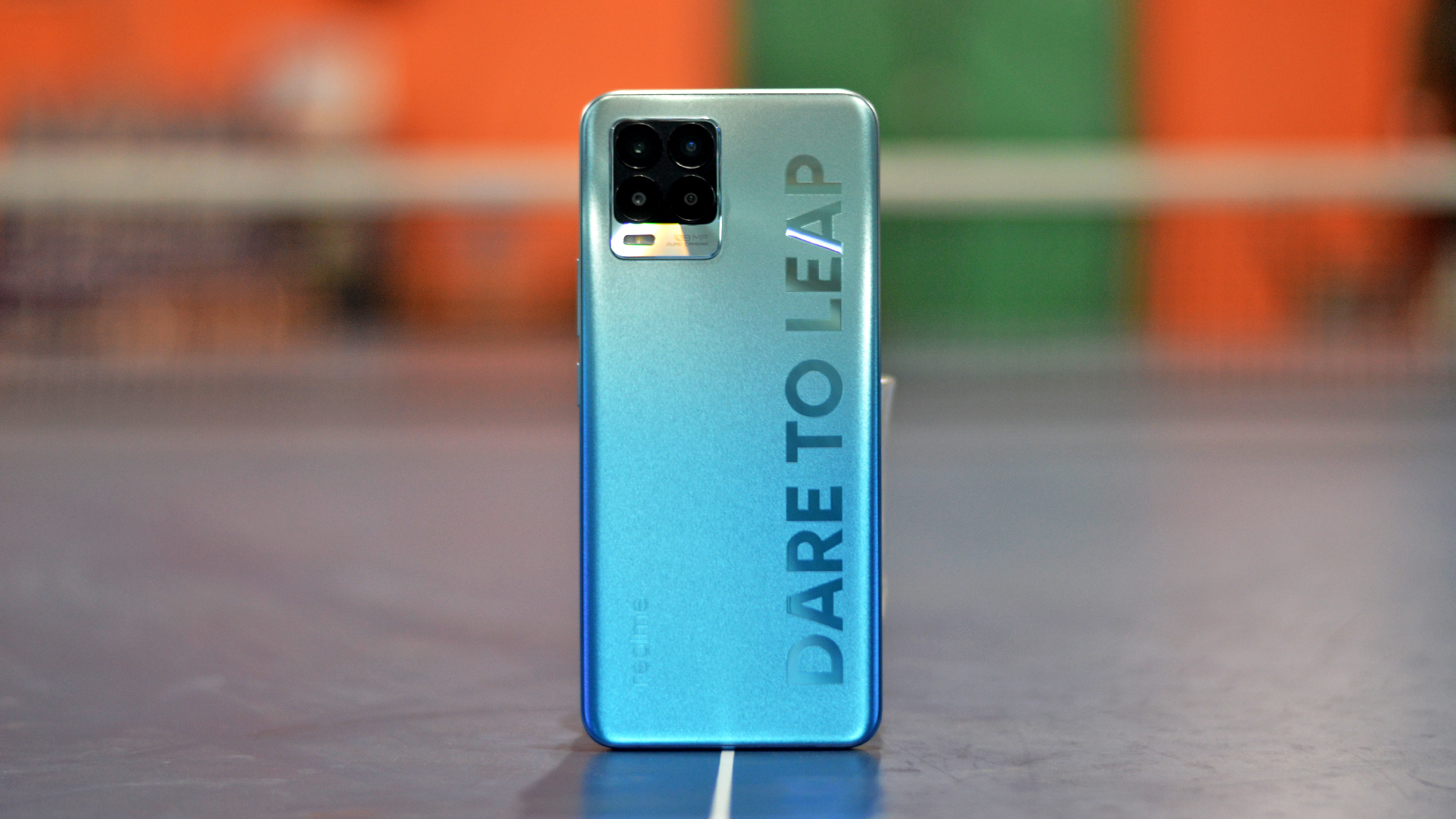
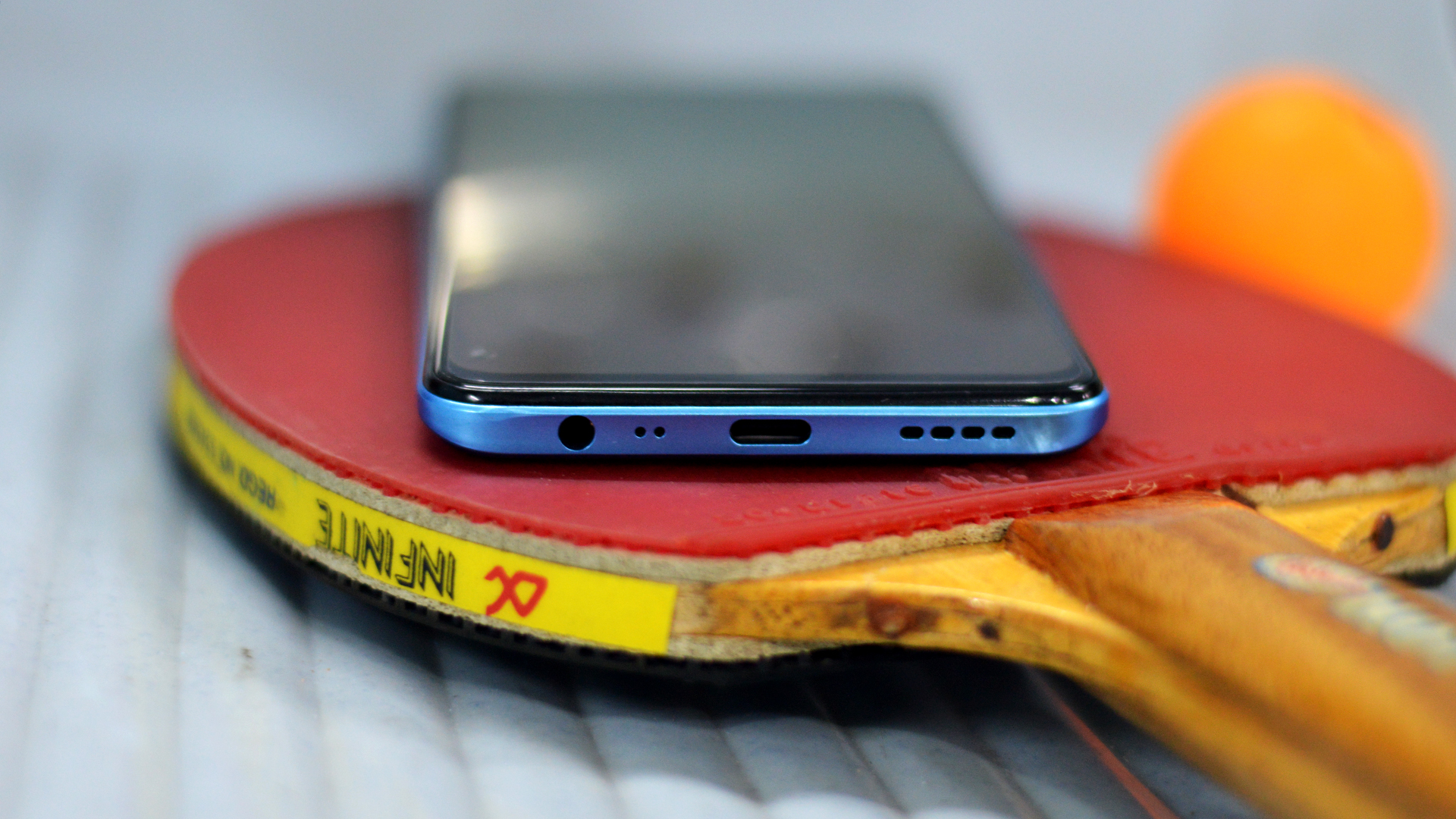

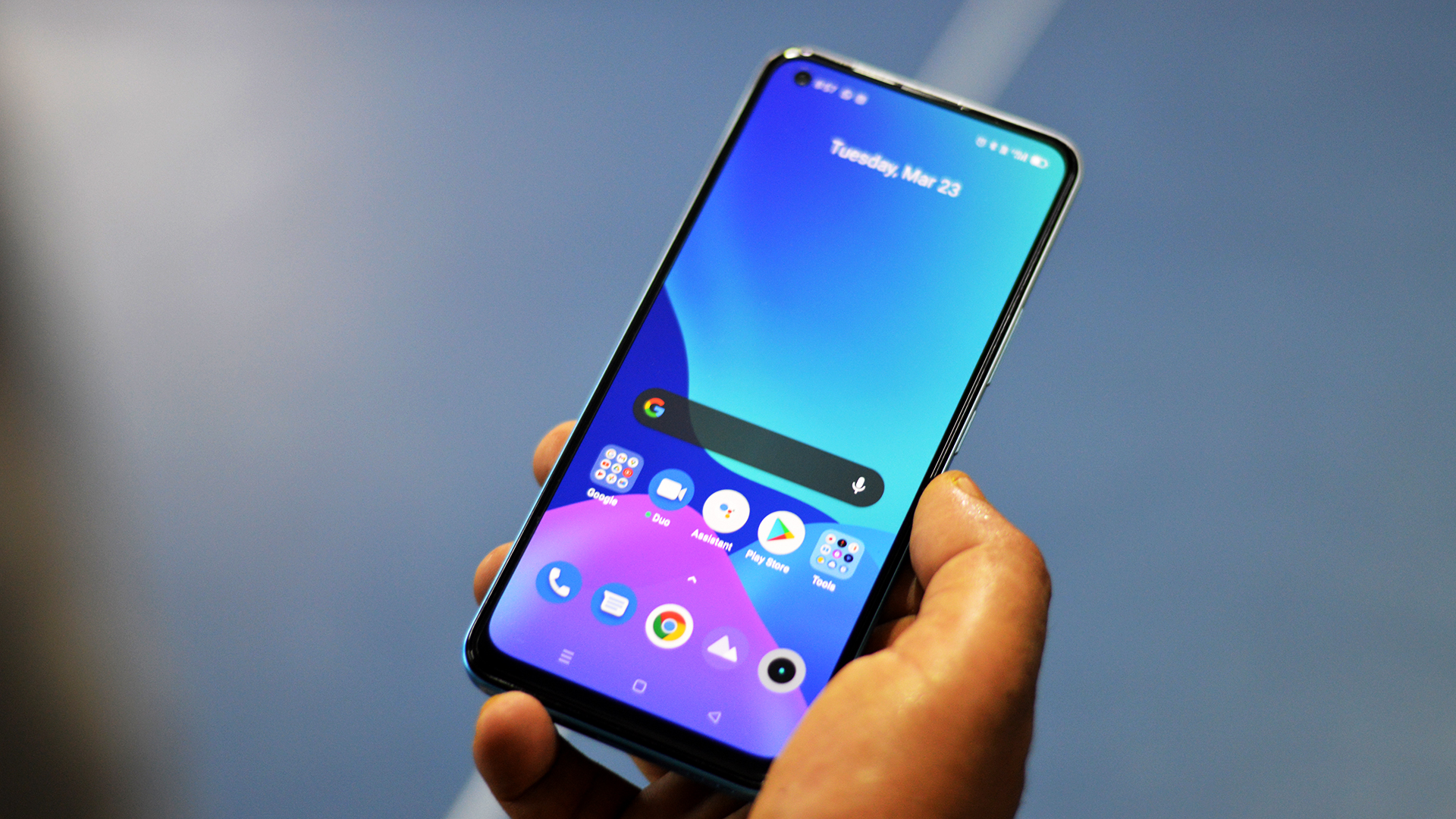
While at a glance it might seem that the camera lens covers might get scratched if the phone is kept on its back, the lenses seem to have a metal ring protecting them. The cameras have two levels of contouring which is apparently a part of the design elements of the smartphone.
The top panel of the Realme 8 Pro features a microphone inlet, while the left-hand panel features the dual-SIM slot. The right-hand panel of the device features the volume rocker along with the power button below it, and the bottom panel has the 3.5mm port, two microphone inlets, the Type-C port, and the speaker grille in this order from the left to the right.
Unlike some of the competition, the Realme 8 Pro does not offer a stereo audio solution and the speaker grille on the bottom is the only one in use when playing games and videos without a pair of headphones. While I am delighted that Realme did not forgo the 3.5mm port, it's positioning is less than desirable for gamers.
Display
The Realme 8 Pro features a 6.4-inch Super AMOLED display which has a Full HD+ resolution of 2400 x 1080 pixels. The smartphone display has a pixel density of 409 pixels per inch. While this is impressive and on par with its competition, Realme stops short of adding a higher refresh rate and this is stuck at 60Hz.
While this is the standard for most smartphones, this was an opportunity for Realme to stand out, and it seems like a missed opportunity. But this should not bother regular users, but the difference is most significant in gaming. The display features a punch hole on the top left for the selfie camera which does not seem to intrude with the visuals.
As for the display, it has excellent brightness which makes for clear viewing in bright light. The OSIE effect ensures bright visuals that have been modified and usually do not miss the mark. But one of the issues I notice is that it really struggles to adjust the brightness with different lighting conditions. It either takes a very long time to adjust or just gives up and stays either too bright or dim.
Another issue that I noticed by accident is that the display seems to flicker ever so slightly when the phone is picked up and the fingerprint sensor icon lights up on the dark screen. This flicker is not noticeable in bright light but can be clearly seen in a dark room. Screen flickers are not a good sign for AMOLED displays, and this seems to persist no matter what display settings are changed.
While it's a great AMOLED panel, the lack of high refresh rate costs it.
Performance
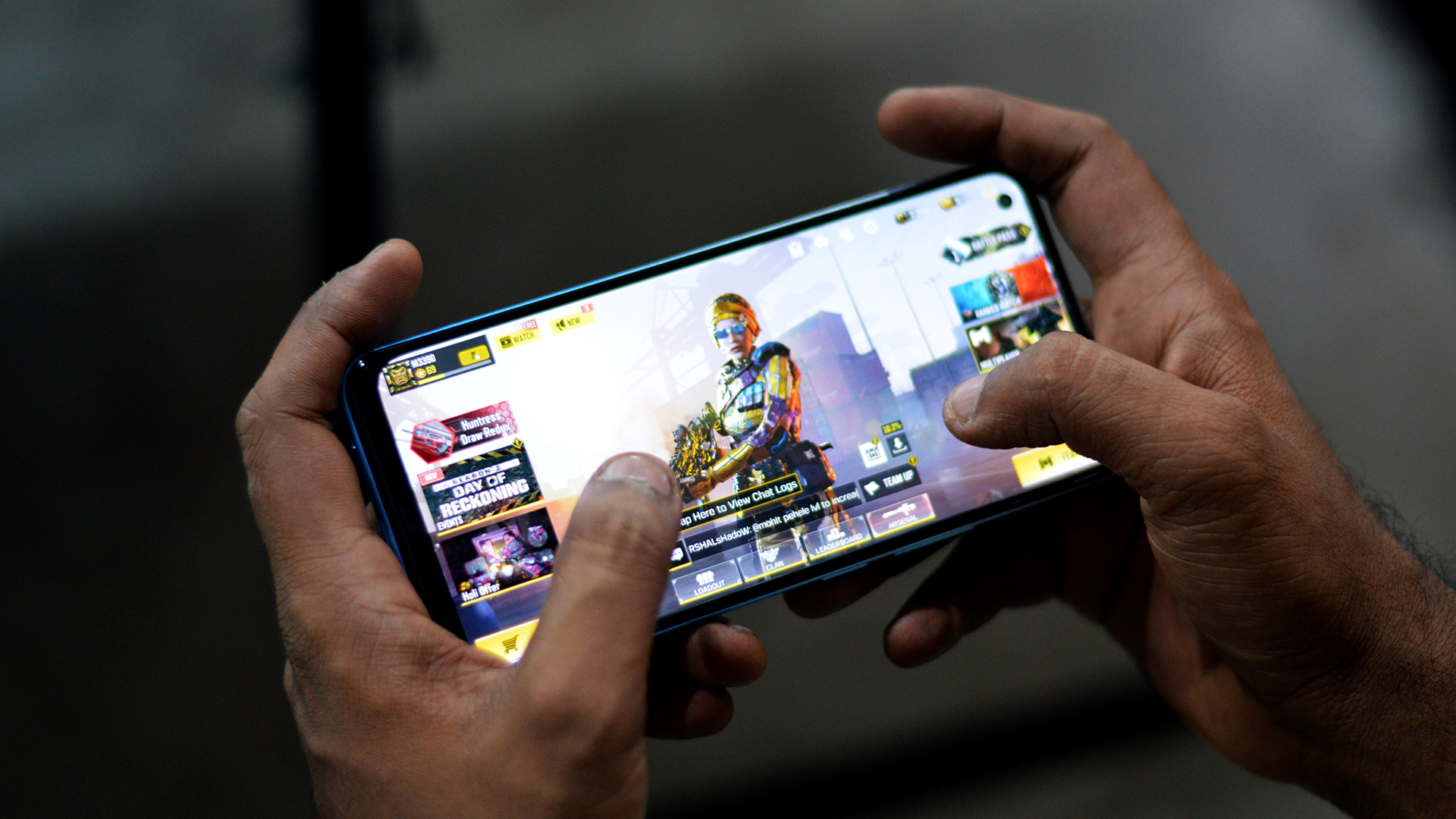
Using a tried and tested chipset helped Realme keep the costs down while optimizing it further.
The Realme 8 Pro features a Qualcomm Snapdragon 720G processor which seems to work out just fine for the smartphone. It is capable of handling most tasks that were thrown at the smartphone and didn't buckle under pressure.
The variant we had features 8GB RAM along with 128GB storage. We had no issues when opening heavy apps one after the other even with a game running in the background.
We tried playing Genshin Impact and Call of Duty: Mobile on the Realme 8 Pro using the highest settings. And it didn't seem to produce much heat even after 30 minutes of gameplay and the smartphone was pretty comfortable to hold on to.
In terms of gaming performance, the intense action sequences in Call of Duty: Mobile was pretty smooth, but there were a couple of frame drops here and there which is usually not noticeable to an untrained eye. The Realme 8 Pro mostly maintained an FPS count between 40-50 when playing both games.
The Game Space is pretty efficient when it comes to keeping track of the RAM usage and the current FPS of the smartphone. The Wi-Fi and cellular reception are generally bad in India, but the phone on its part seemed to do its best.
Camera
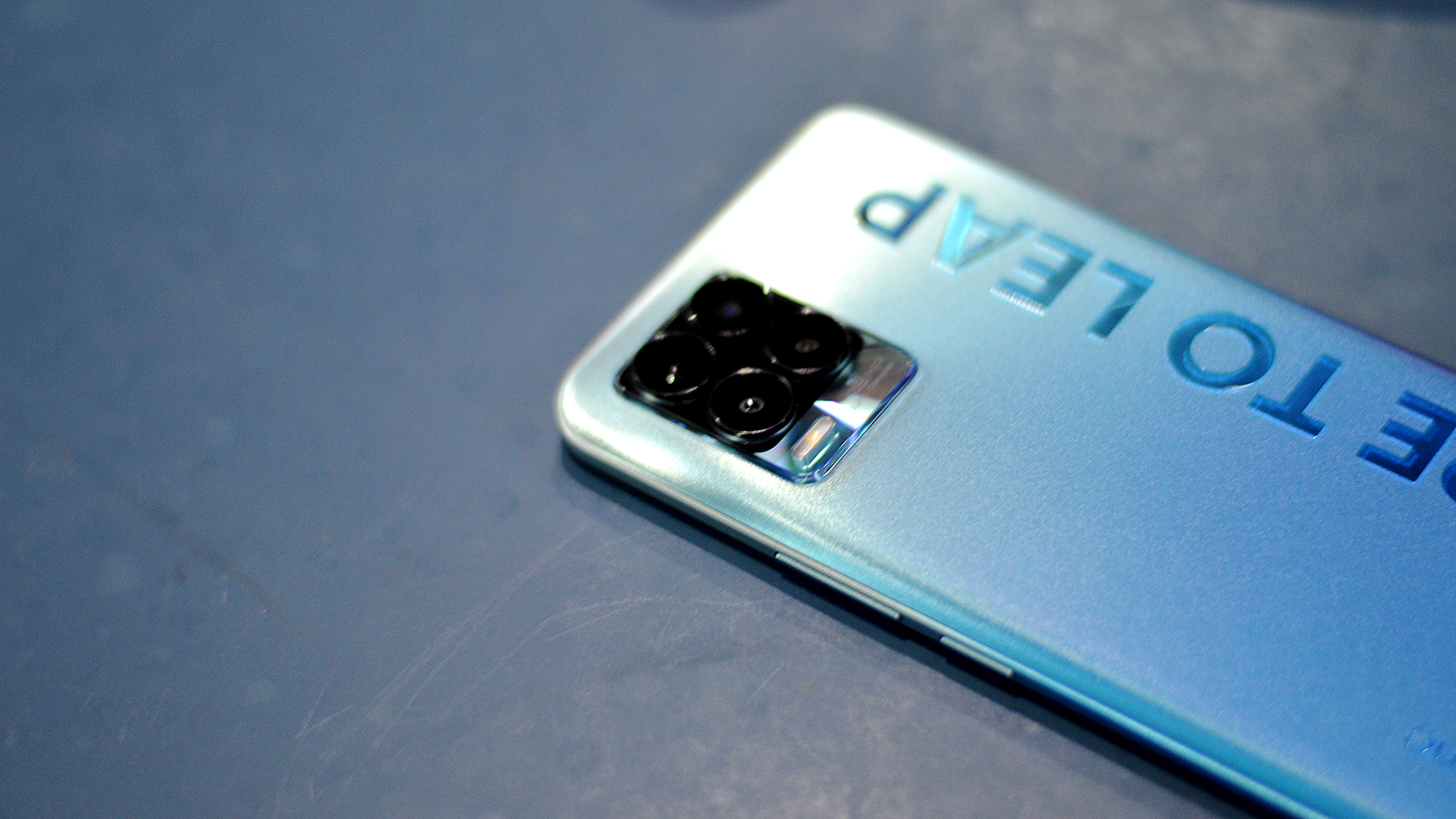
The cameras of the Realme 8 Pro have been advertised as its biggest feature. And while the performance of the cameras of the Realme 8 Pro may not be the best in class, we have to admit that it offers a lot of options in terms of shooting modes and filters.
The primary camera lens on the rear quad-camera setup of the Realme 8 Pro is a 108MP sensor that shoots photos with an effective resolution of 12,000 x 9,000 but it actually comes to 9,280 x 6,944. It is a Samsung ISOCELL HM2 sensor with a 1/1.52-inch sensor size. The other three cameras along with that include an Ultra Macro lens that shoots at 4cm distance, a 119-degree wide-angle camera along with a black and white portrait lens.
Realme is using 9-in-1 pixel binning technology along with a Smart-ISO layer which ensures higher ISO ranges than is usually possible. The primary camera produced decent images which are surprisingly true to colour but could do with a little bit more adjustment when it comes to temperature accuracy.
The regular camera mode offers to zoom up to 5x which seems to catch quite a few details. The 108MP is a different mode that does not allow the user to zoom in. But we noticed that when we did capture an image with 5x zoom in the normal camera mode it tends to capture more details compared to the 108MP mode.
The Realme 8 Pro comes with what is called a Super-Nightscape mode which apparently captures more details than usual. And in the Night Mode users can choose to either set the specifications themselves with Pro, or let the phone do it with the AI mode. This tends to capture some great night shots which have clarity, less noise, and even capture some great details.
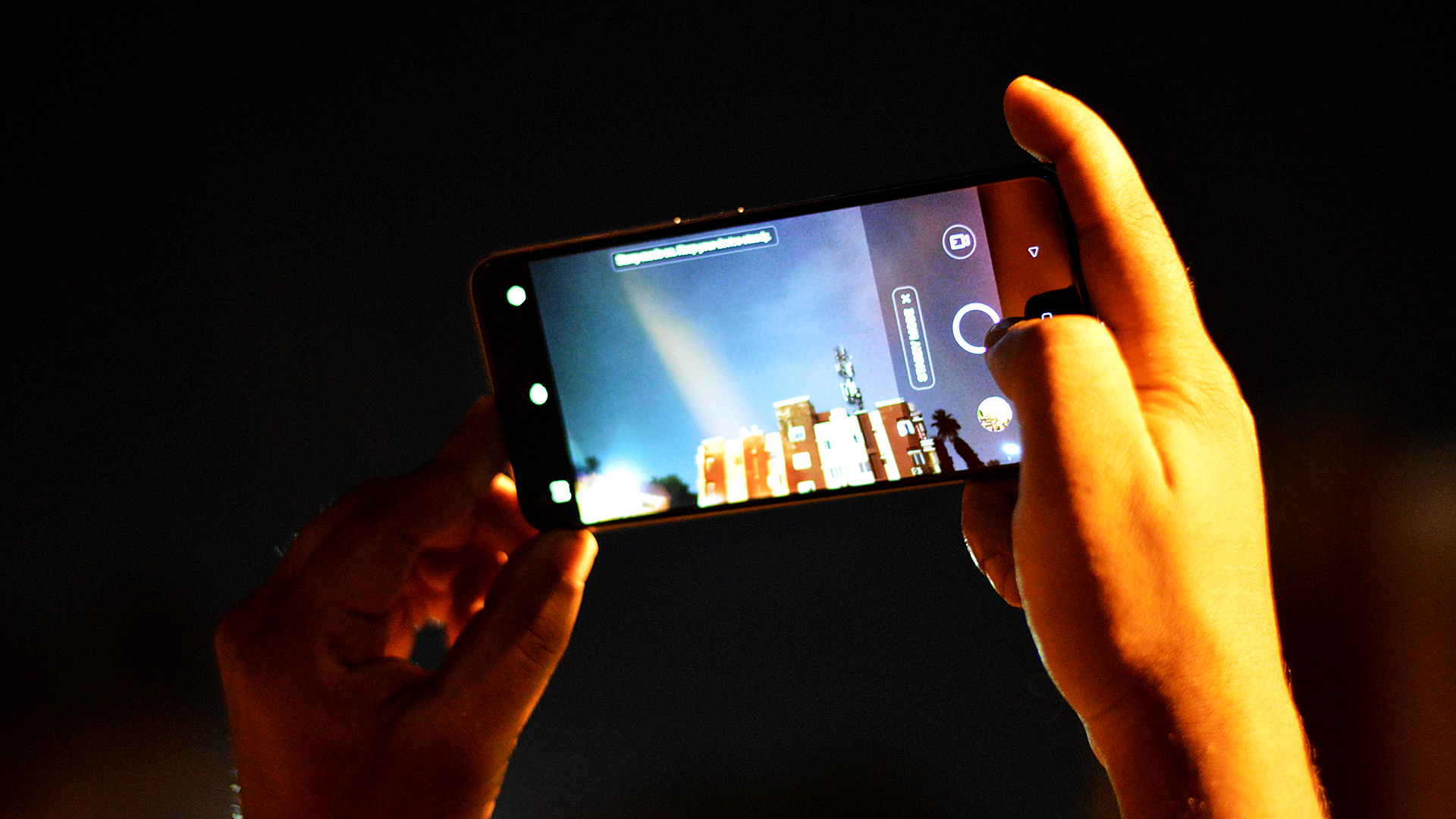
One of the other modes which are new is the Starry Night mode which is a bit difficult to execute without a tripod. This mode almost always requires the user to keep the camera steady for around 4 minutes, during which time the Realme 8 Pro does what it has to do. But the result does not seem as impressive as it has been advertised.
Another new feature is the Tilt-Shift mode which apparently makes objects look miniaturized. This is another feature that I could not get desired results for in the short time I have been testing the smartphone for.
The Portrait mode, both in Night mode and in bright light is something that seems to be the highlight of the Realme 8 Pro cameras. The smartphone manages to create some excellent bokeh effect which is neither too stark nor too little.
The Realme 8 Pro features a 16MP Sony IMX 471 selfie camera which captures consistent photos both in bokeh and normal modes. It comes with a plethora of filters and features which will please those that need it.
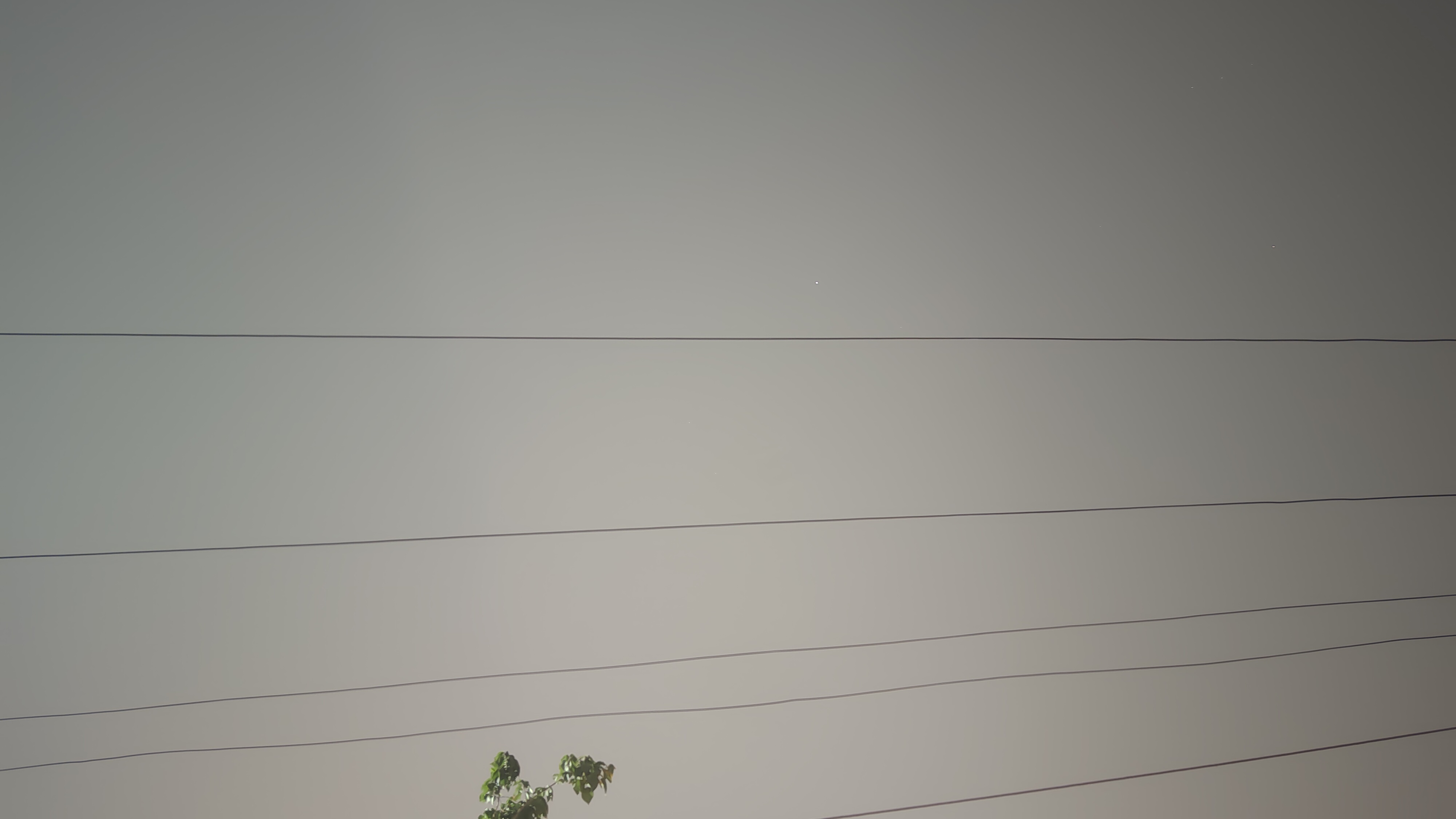

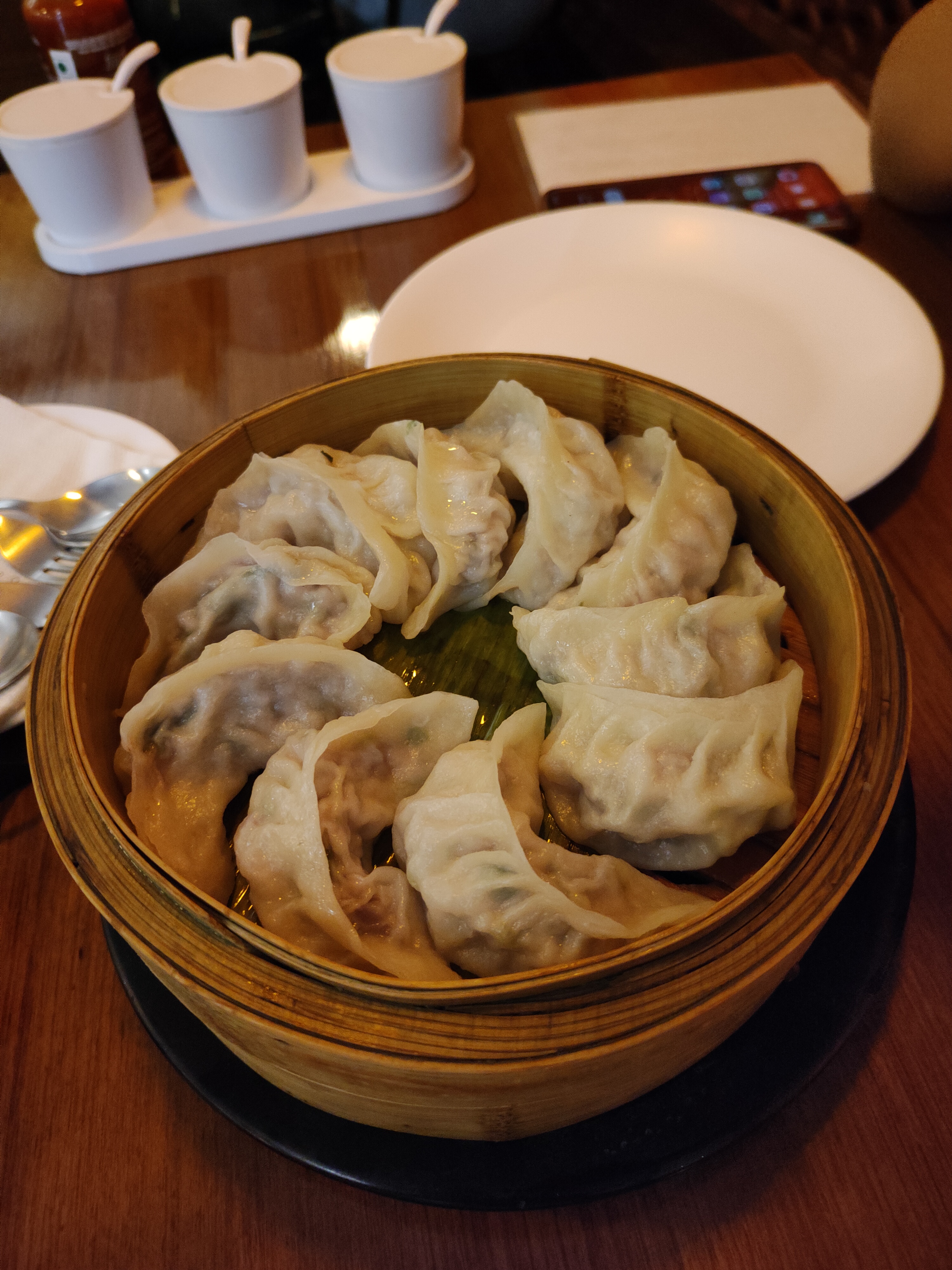
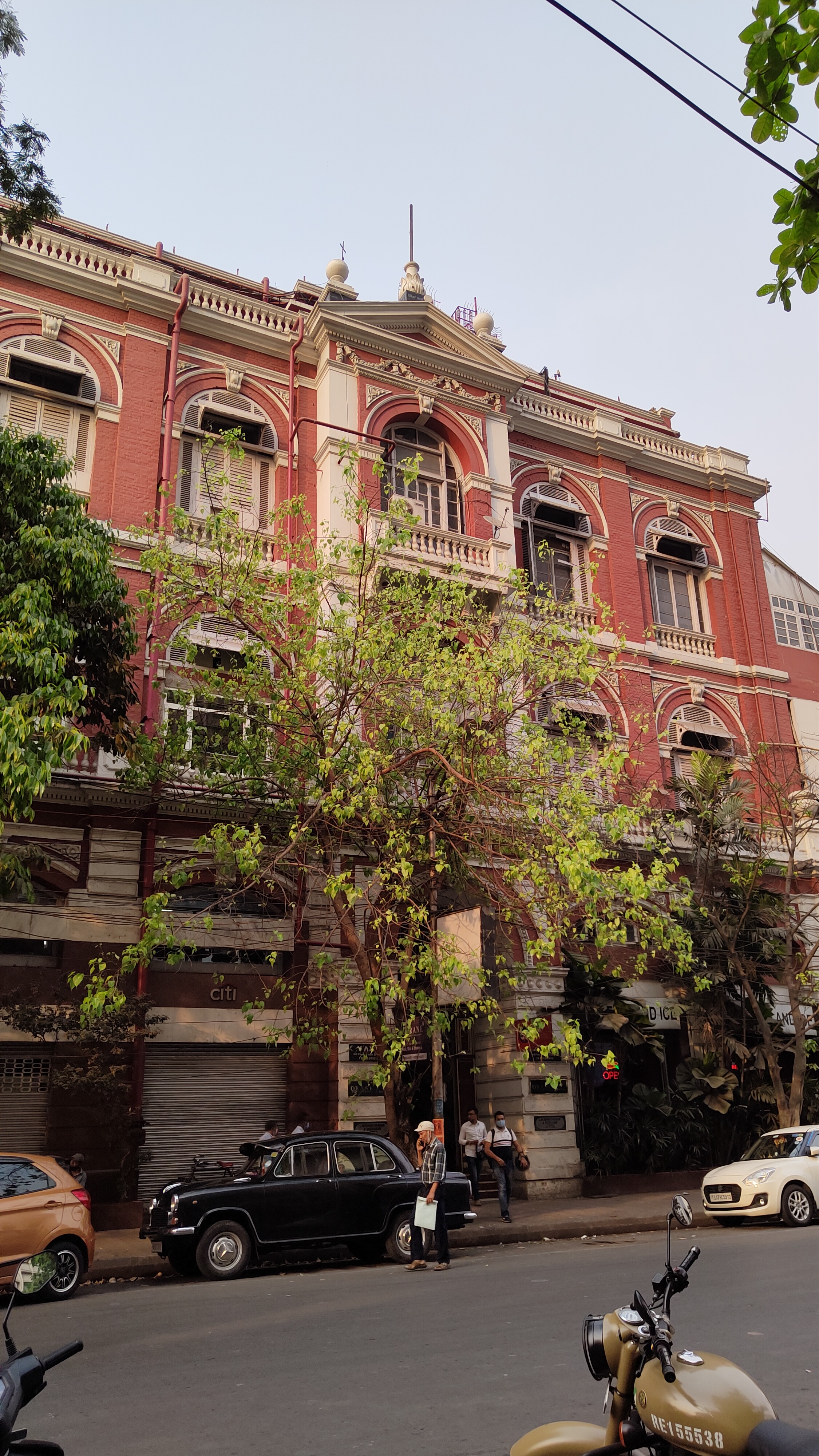
As for videos, the Realme 8 Pro again does a good job of stabilizing the image with the Ultra-Stead mode which is rather useful when making videos while walking for instance. The Dual-video mode seems to have limited use. The bokeh effect in videos is less impressive than the still image as the outlines seem to keep shifting and can't keep up with the real subject.
Software
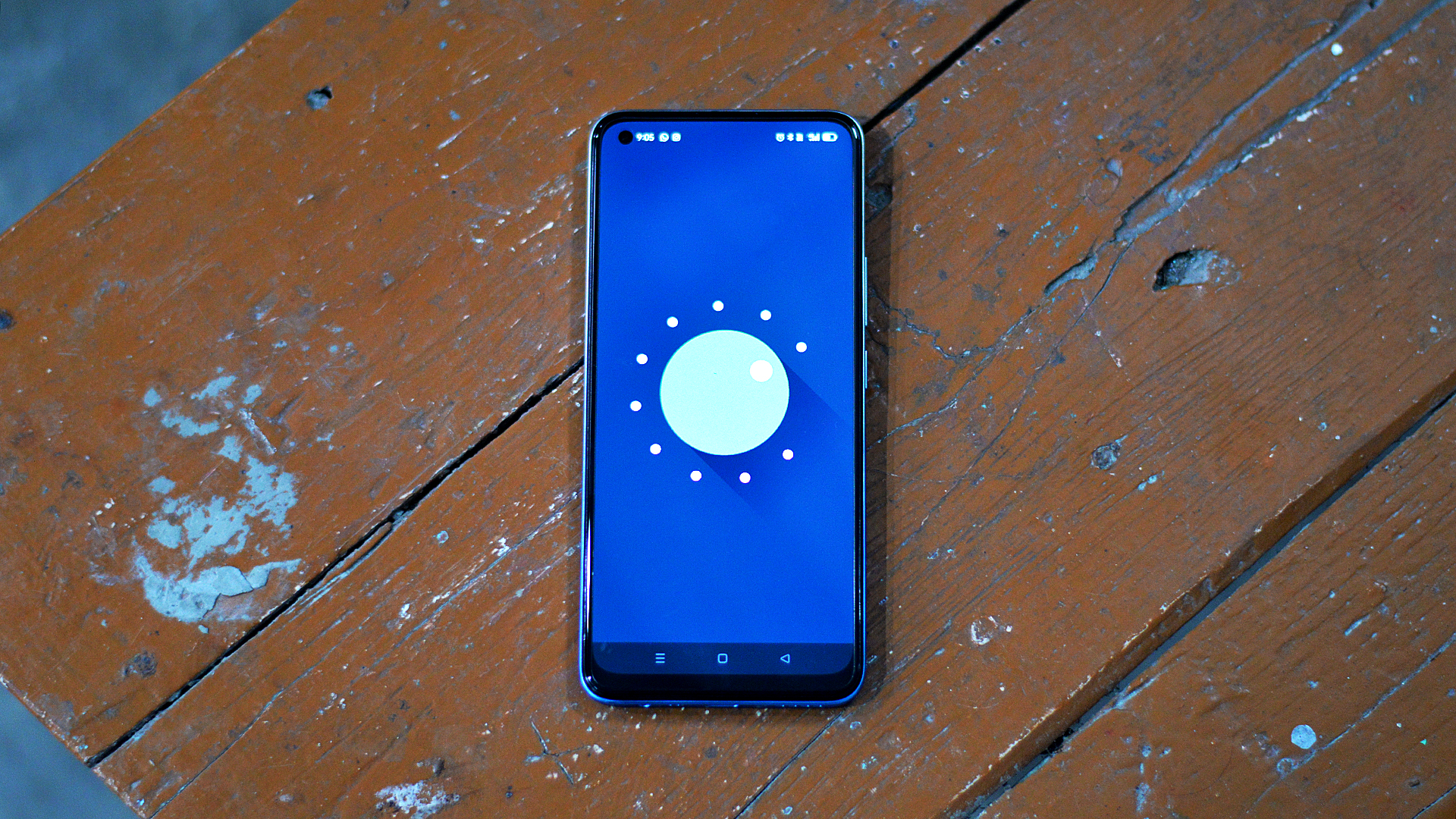
The Realme 8 Pro comes with Realme UI 2.0 out of the box which is built over Android 11. Unlike its biggest competitor, which is Xiaomi, Realme smartphones don't show ads. But there seems to be a lot of bloatware which are from Realme themselves, but these can be uninstalled if needed.
Realme has emphasized that the selling point of the software is its customization and users can do that with new styles of the Dark Mode, Global theme colours, icon customizations, and seamless fonts among other things.
The Realme UI 2.0 is not an imposing skin over the Android and seems to offer useful customizations. But it is not light and there are better third party options out there which Realme is keen for you to try.
Battery
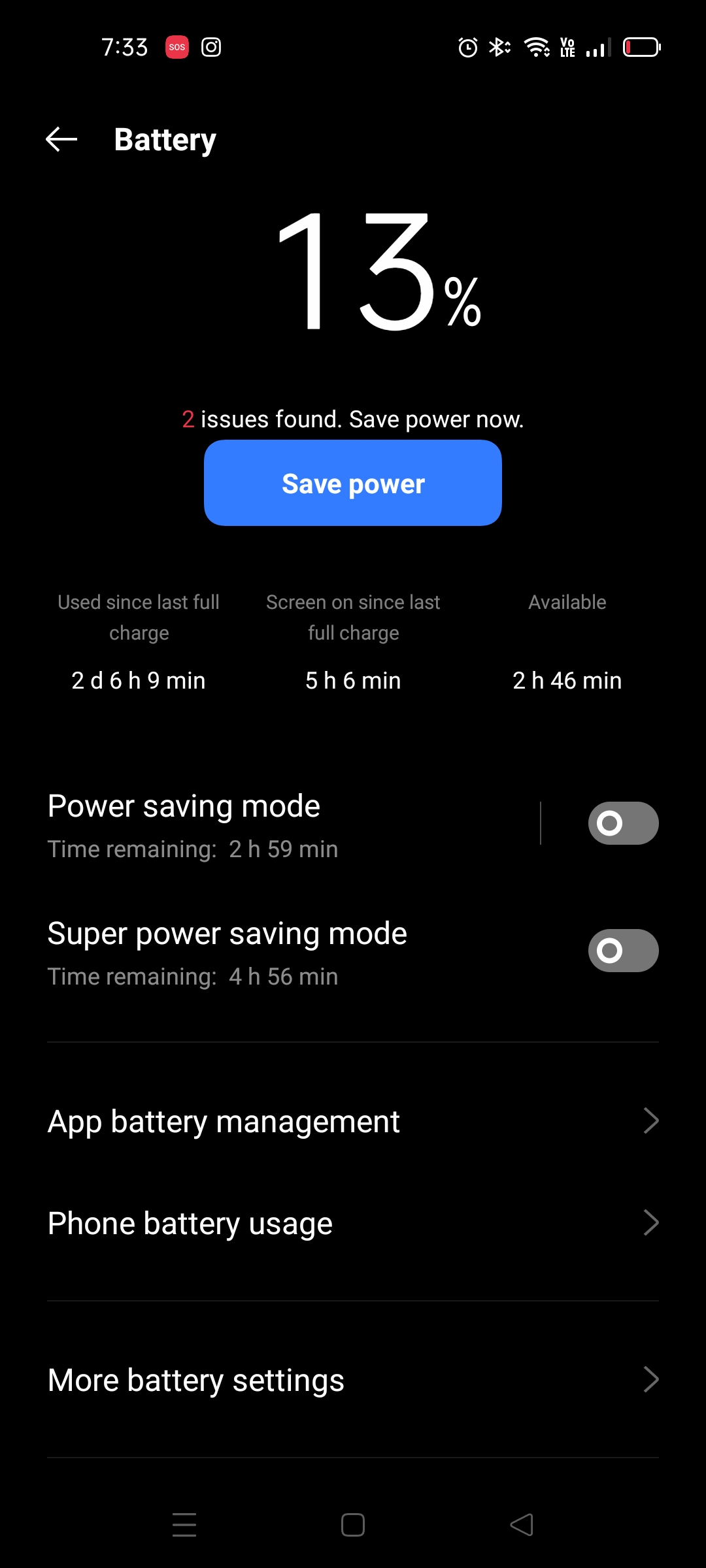
The battery of the Realme 8 Pro could be called one of its better features. It features a 4,500mAh battery which supports 50W fast charging. But the surprise is that the company is offering a 65W charger in the box.
The smartphone survives a day, with heavy usage that involves over 8 hours of screen time with light use such as social media, playing and watching videos, using the camera, playing games and just idling the display. This is better than most other smartphones with similar battery capacities. With more typical usage, the figure is close to 6 hours.
And the phone does survive up to two days with light usage that would constitute 5 hours of screen time. The recharging of the smartphone takes a while and needs about 50 minutes to fully charge from 1% battery.
The Redmi Note 10 Pro Max is a better option for those that require a smartphone with better battery life.
Verdict
Buy if...
You're looking for a camera-centric experience
The Realme 8 Pro offers a lot of decent options when it comes to cameras and the performance is consistent across the board even it not exceptional.
You want a smartphone that feels good in the hands
The Realme 8 Pro is definitely one of the better looking and designed smartphones in this category, and definitely offer a great in-hand feel.
You need fast charging
With support for 50W fast charging and a 65W charger in the box, the Realme 8 Pro is one of the fastest charging phones, taking less than an hour for a full charge.
Don't buy if...
You're looking for the best display in the segment
While the display of the Realme 8 Pro seems fine it does raise a few small questions and misses out on the higher refresh rate which some gamers might prefer.
You want the best battery life
While the Realme 8 Pro offers fantastic ergonomics, that comes at the cost of a slightly smaller battery. It's enough for a day, but if you want something that lasts longer, consider the Redmi Note 10 Pro or the Samsung Galaxy M31s.

0 comments:
Post a Comment